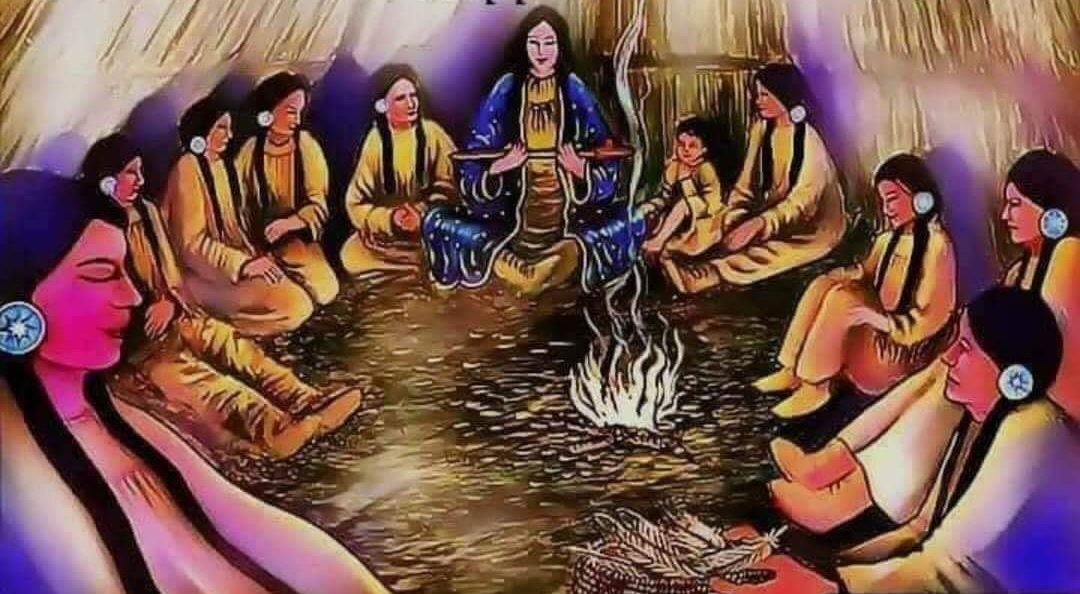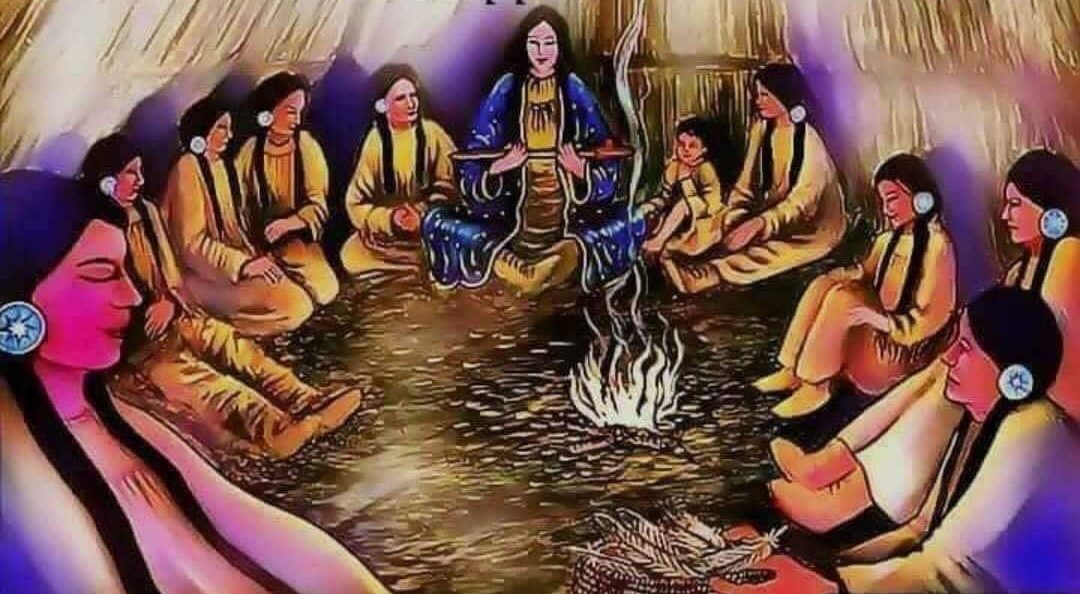Legacy of Indian Removal challenged by Tuscarora Nation tribal member’s acceptance into the American Indian Student Leaders Page Week Program
The following is a guest post from Donnie Rahnàwakęw McDowell, the Public Relations Officer at the Tuscarora Nation of North Carolina. If you would like to submit community content for The Cary Report, please use our contact form.
More than 300 years ago, villages and families belonging to the Tuscarora Nation were forcibly attacked and removed from their homes to make room for colonial settlement. This included the lands that today make up the areas known as Cary, Raleigh, and even Durham. A recent acceptance into the American Indian Student Leaders Page Week program will bring an enrolled member of the Tuscarora Nation of North Carolina to the state capital to learn more about how the Governor’s office operates. Kearsey Lowry, a junior at Purnell Swett High School, hopes to bring awareness to the inequities the Tuscarora Nation continues to face across the state.
This opportunity will allow Ms. Lowry the chance to get a firsthand glimpse at the overall day-to-day operations of the State’s Administration and key agencies that everyday North Carolinians depend on. According to a cultural history study completed on the Mitchell Mill State Natural Area in 2015, the Tuscarora occupied lands along the Roanoke, Pamlico, Neuse, and Cape Fear Rivers.
Coming to Raleigh, an area ancestors of the Tuscarora Nation occupied until the second or third decade of the 18th century, represents a full-circle experience for Ms. Lowry and the Tuscarora community. While the exact tribal status of the Tuscarora Nation of North Carolina remains in an ambiguous state, this opportunity highlights the importance of equitable representation for Indigenous minorities that have survived Indian Removal in the state.
Three distinct and autonomous communities of Tuscarora tribal members reside in and around the swamps of Robeson County. Although the North Carolina General Assembly, NC Department of Administration, and the NC Commission of Indian Affairs claim that the Tuscarora Nation is not recognized by the state, official and historical documentation challenges this notion. The record-keeping of the state and the counties that formed from the seizure of Tuscarora lands, expulsion of Tuscarora citizens, and renaming and redistricting of those regions verifies that as many as 645 families of Tuscarora resisted removal.
By the time Wake County was established, dozens of Tuscarora families were already living along the Drowning Creek in parts of Bladen County that would later become Robeson County. When the Tuscarora that removed to New York sold and closed the Tuscarora reservation in eastern NC, the remaining Tuscarora that had not already migrated to the swamps of Robeson County found shelter there among kin. Already well-established for nearly a century by that time, Robeson County Tuscaroras took in their relatives from the Neuse and Roanoke Rivers.
Tribal member Ms. Lowry comes from a long line of Lowrys that have strengthened the chance of survival of the Tuscarora Nation and historically have defended the Tuscarora from white supremacy and oppression.
Historically, the Tuscarora Lowry family is known to have been in place in what is today Robeson County as early as the American Revolution. Initially settling at what is today known as Gilcrest Mill in the nearby Antioch community, Tuscarora ancestor James Lowry sold his estate and resettled along Drowning Creek.
Antagonisms from the American War of Independence caused retaliations against Tuscarora tribal citizens who chose the wrong sides, and this would continue to plague the Lowry and Locklear families specifically.
At home in what became known as Harper’s Ferry, ancestor James Lowry operated a tavern and passageway across the swamps in the region. His children, and their descendants, continue to make up an integral part of the fabric of the Tuscarora Nation of North Carolina. Beginning in the 1830s, the Tuscarora who survived Indian Removal were “re-classified” as free persons of color, allowing state lawmakers to disenfranchise Tuscarora tribal citizens of their basic human rights and freedoms. Newspapers and official statements surrounding the Lowry War, which happened following the end of the Civil War, identify James Lowry’s descendants, Henry Berry Lowry and his family, as Tuscarora Indians.
The Lowry Gang, led by Henry Berry Lowry, fought and resisted the clutches of the Robeson County Confederate Home Guard who were murdering Tuscaroras and other people of color through the forced labor camps at Fort Fisher. The heroic acts of Tuscarora ancestor Henry Berry Lowry influenced state lawmakers to reverse decades-long legislation that targeted minorities and stripped them of their ability to challenge white supremacy and oppression.
When cross-examining the claims of state lawmakers and state agencies that the Tuscarora Nation is not a recognized American Indian Tribe with actual primary and secondary historical documentation, the truth is made evident. For instance, the North Carolina Department of Natural and Cultural Resources has the original copy of the 1712 and 1717 Tuscarora Treaties. These two priceless historical instruments recorded the first agreements made between the ancestors of the Tuscarora Nation and the leaders of the British Colony of Carolina, signifying the establishment of a government-to-government relationship.
While the 1712 Tuscarora Treaty laid out the terms of a general peace accord to end the Tuscarora Wars with concessions to the Carolina Colony, the 1717 Tuscarora Treaty established the reservation in eastern NC known as Indian Woods. Both documents illustrate that the ancestors of the Tuscarora Nation entered treaties with Carolina settlers and that they formerly had land held in trust by Great Britain, and eventually the United States and State of North Carolina. However, those are not the only historical antiquities that have acknowledged the Tuscarora as recognized in the state’s history.
State lawmakers targeted the Tuscarora reservation lands through legislation in the mid to late 18th century, allowing thousands of treaty lands to be illegally seized by settlers. Colonization and assimilation continue to alter the modern perception of the Tuscarora descendants who managed to survive the onslaught of removal and warfare brought on by greedy settlers. For hundreds of years, lawmakers have made serious efforts to erase the fact that a Tuscarora presence remained in the state. Ms. Lowry’s acceptance in the AISL Page Week program shows that equal representation for all Indigenous North Carolina Tribes is possible.



